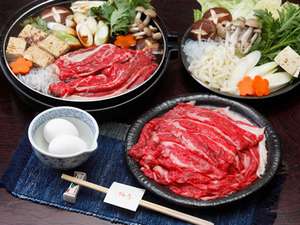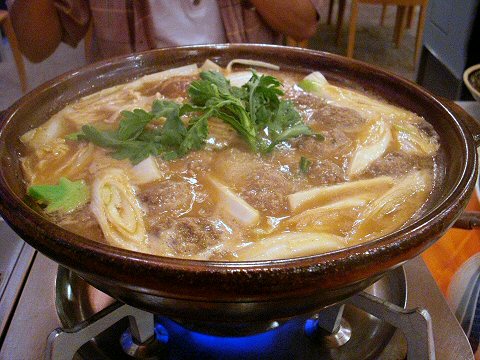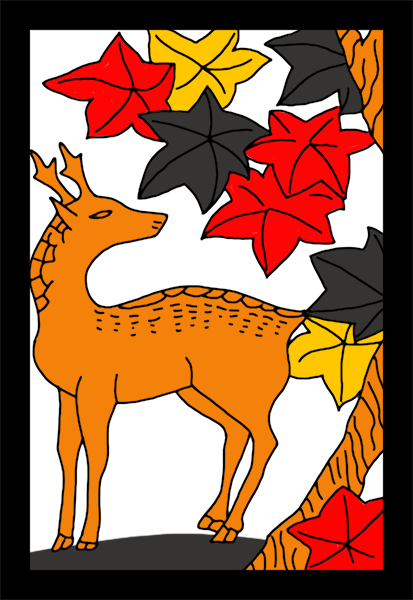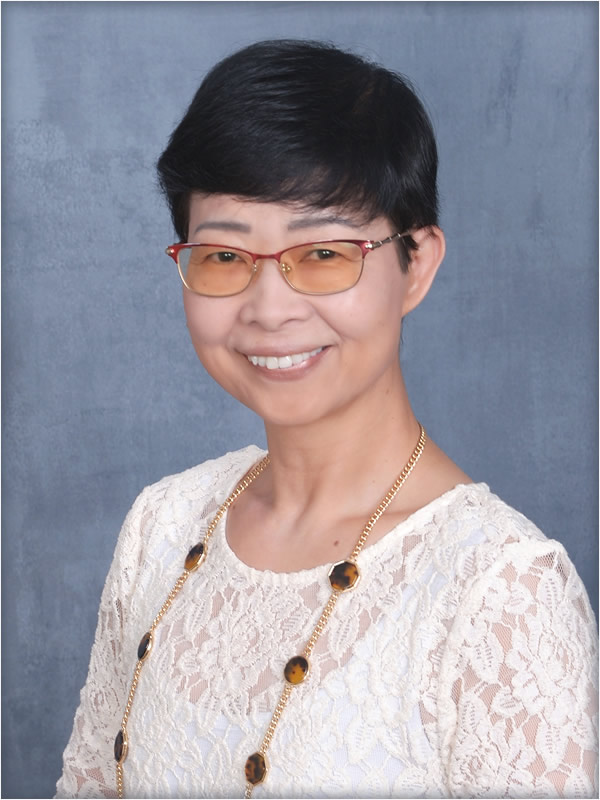Sakura (Horse Meat) Nabe/Momiji (Venison) Nabe
(Sakura Nabe)
(Ingredients of Sakura/Horse Meat Nabe)
(Momiji/Maple Leaves Nabe)
(Ingredients of Momiji Nabe)
It’s getting colder and colder. What the Japanese want to have in this season, in addition to Botan Nabe, includes Sakura Nabe and Momiji Nabe. If you have studied Japanese before, you must know that “Sakura” means “Cherry (Blossoms)” while “Momiji” “Maple Leaves.” Bingo! Do you happen to know why horse meat is called “Sakura” and why venison “Momiji”? Let me show you…
- Sakura Nabe: Remember the color of Cherry Blossoms? That is the color of horse meat. That is why it is called “Sakura Nabe” instead of “Horse Meat Nabe.” Usually Sakura Nabe needs Miso (Soy Bean Paste) to make its soup stock. This is Tokyoite’s traditional favorite. Interestingly, the restaurants which served Sakura Nabe in the past were located very close to brothels in the neighborhood because horse meat works for men with lack of sexual drive.
- Momiji Nabe: Venison contains lots of protein and still has low calorie, which makes it ideal meat to avoid suffering from life related diseases. Besides, it is also a good source of iron. Sounds great, doesn’t it? The origin of this cuisine is NOT the color of venison, but came from Hanafuda – a Japanese traditional card games usually played as a gamble (https://en.wikipedia.org/wiki/Hanafuda).
(Shika/Deer and Momiji/Maple Leaves)
It is said that Buddhist monks, who were prohibited from eating any kind of meat, used the word “Momiji” as a secret language. And … they enjoyed it, never calling it “(deer) meat.” The origin of the names of Japanese cuisines tell you a lot about Japanese history, doesn’t it?
When you visit Japan,
why don’t you try to play “Hanafuda,”
instead of cards?
Special Trial Lesson ($19.99) <– Click here!
ONLY 19 SPOTS LEFT!!








